The Article
Leema Antila IIS Eco: power and focus? It’s a brute in a suit
23rd February 2017
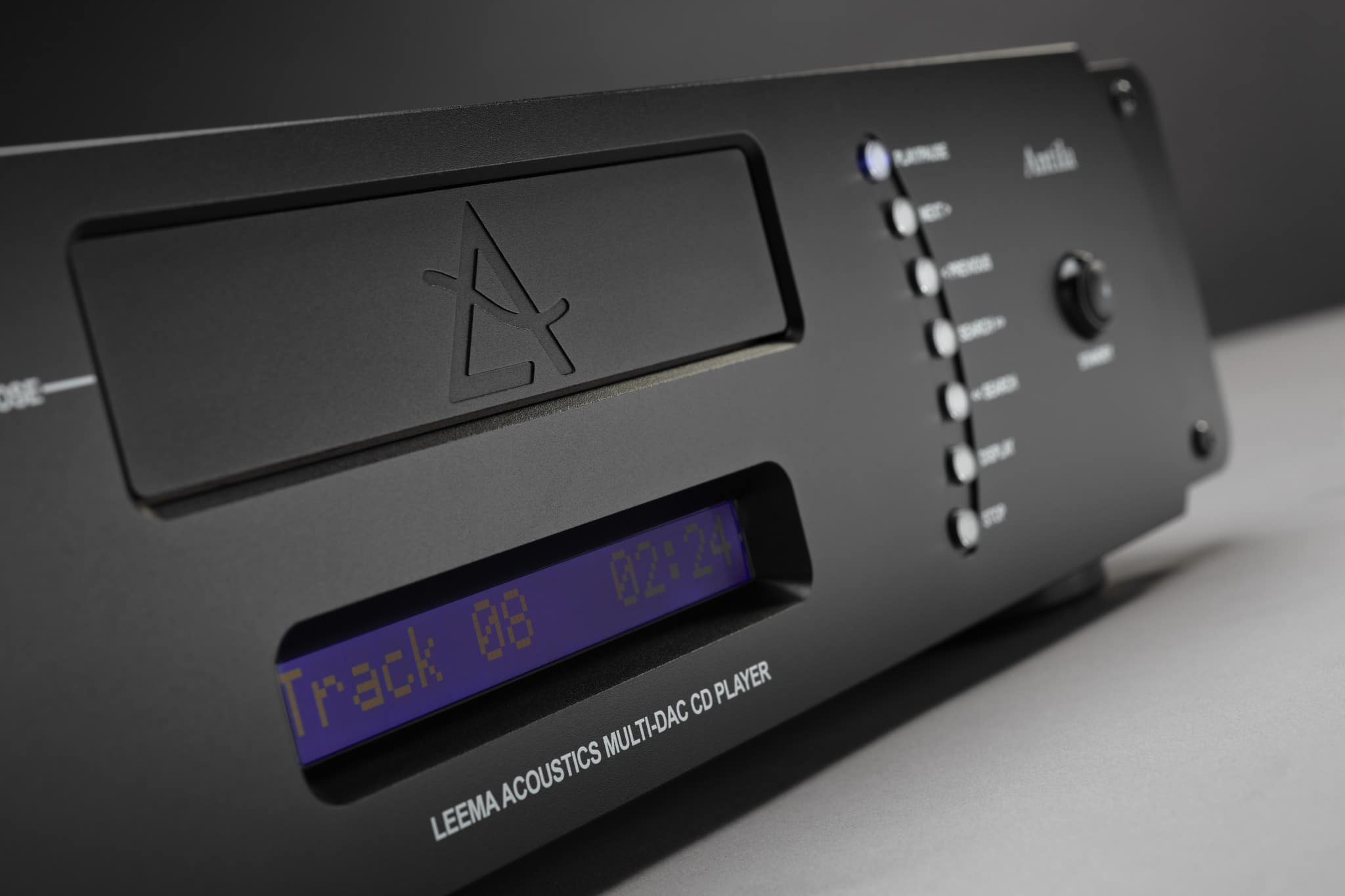
Despite the proliferation of digital files (low and high resolution), streaming and the like, CDs remain popular. There are millions of the things out there. Paul Rigby wonders how the Leema Antila IIS Eco handles current expectations
My goodness, it’s a solid one. The Leema Antila IIS Eco spans a healthy 440 x 320 x 110mm and is relatively heavy for a CD player at 12kg. I’m used to picking up a large CD chassis as if it is full of air (most are) and finding that it weighs in at less than half that weight.
This model is filled with the Quattro Infinity Multi-DAC that utilises multiple 24bit/192kHz multi-bit delta-sigma data converters, driven from a fully balanced digital data stream to lower noise.
The drive mechanism features a custom transport with a metal tray and Leema’s own control software to lower jitter.
For those who enjoy Leema’s own network system, the Antila IIS Eco is a fully LIPS compliant master or slave, allowing it to integrate with other Leema components and home automation systems.
Finally, as with other Leema components, the Antila IIS Eco offers eco-friendly low power standby mode.
SOUND QUALITY
I started with jazz and played the new CD from Mats Eilersten. Rubicon is a jazz piece from the ECM label that is slow, meticulous, detailed and oozes with slow intensity.
It was very interesting, listening to the Antila. Often, you hear CD players and they try to be something that they are not. There’s not a valve in sight and yet they attempt to add a blanket of organic, analogue warmth over the soundstage to take any digital edge off the music. The Leema is not like that. This CD player is black and it’s proud! (At least, the review sample I had was black.) The output here is most definitely solid state in tone and in approach and if that is not to your liking then stop reading right here: this player is not for you.
If you enjoy a solid state presentation: big, bold, sometimes brassy, definitely aggressive in digging out details and shoving them in your face, then consider the Antila as a serious proposition. But look, don’t think that the Antila is all thick neck and no brains. Far from it. This is a solid state hulk that is in touch with its sensitive side. So, when the piano solo eased onto the relatively narrow sound stage there was an impressive lack of smear. The exacting, focused approach to the Antila was something to behold. More than that, the Antila reminded you that the piano is actually made from wood. It’s not all metal, y’know. Hence, even the gentle solo heard here had a distinct woody feel. You could quite easily hear subtle and minor details such as the piano keys hitting their stops, adding a broader dimension to this instrument. This layering effect also gave the later double bass solo a new dimension, allowing the resonance of the string plucking to interact more fully with the body of the instrument. The transparency of the Antila was truly impressive.
Brass, meanwhile, was breathy and throaty. In such terms, the Antila truly was organic. There was no doubts at all that there were people behind each sax and clarinet. The reedy qualities gave the music a deep ambience that drew you into the mix.
I then turned to the rather more dynamic fare of Earth Wind & Fire’s Let’s Groove from the CD album, Raise! This release is, rather unfortunately, highly compressed with peak limiting that sends you racing for the ear plugs at high volumes so I was interested to see just how the Leema would cope with such unruly mastering.
The answer? Incredibly well! But, my goodness, the Antila certainly does enjoy getting down to the beat…rather. Ever been to a wedding disco were everyone is embarrassed to be the first one to get up on the floor to make a complete fool of themselves? No problem for the Antila. It would be up there in a jiffy, grinding its hips to the bass line. It’s the enthusiasm of the Antila that gets me. Bass is pushed that bit further, midrange synths are ridden that bit harder, drums are hit with extra explosivity. The Antila is a passionate puppy of a CD player.
What impressed me more about this track was the large decrease in perceived compression. Yes, you could still hear the harshness in the music, especially during vocal peaks and brassy crescendos – so transparency was retained – but the Antila teased apart the dynamic aspects of the music, introduced air and space into them all, gave each a bit of a rub up and a shine and let them loose. In this way, the broader presentation, the wider and multi-layered construction of the soundstage greatly diffused, as it where, any nasty compressive peaks. Making mastering blunders like this one a nicer and much more pleasurable experience.
CONCLUSION
Some audiophile users might refer to this CD player as a bit of a brute but it’s more of an over enthusiastic Labrador dog: lots of strength, oodles of energy, playful and is liable to coat you in smelly saliva (ok, maybe not the last one). It’s an enthusiastic piece of kit that is determined to plaster a smile on your face. It’s a heap of fun and will prove an irresistible trigger to dance. Gone will be stuffy audiophile evenings with a glass of wine, scratching your chin and musing over microphone placement. The Antila just wants to laugh and throw its underwear into the air. The next time you go to a party, don’t bring a bottle…bring an Antila.
LEEMA ANTILA IIS ECO CD PLAYER
Price: £3,695
Website: www.leema-acoustics.com
Tel: 01938 559021
GOOD: midrange insight, passionate presentation, transparency, solidy built
BAD: uber-solid state presentation not to everyone’s taste
RATING: 8
REFERENCE SYSTEM
Densen B-475 Super Leggera CD Player
Aesthetix Calypso pre-amp
Icon Audio MB845 Mk.II monoblock power amplifiers
Quad ESL-57 Speakers (with One Thing panel upgrade)
Tellurium Q Ultra Silver & Vertex AQ cabling

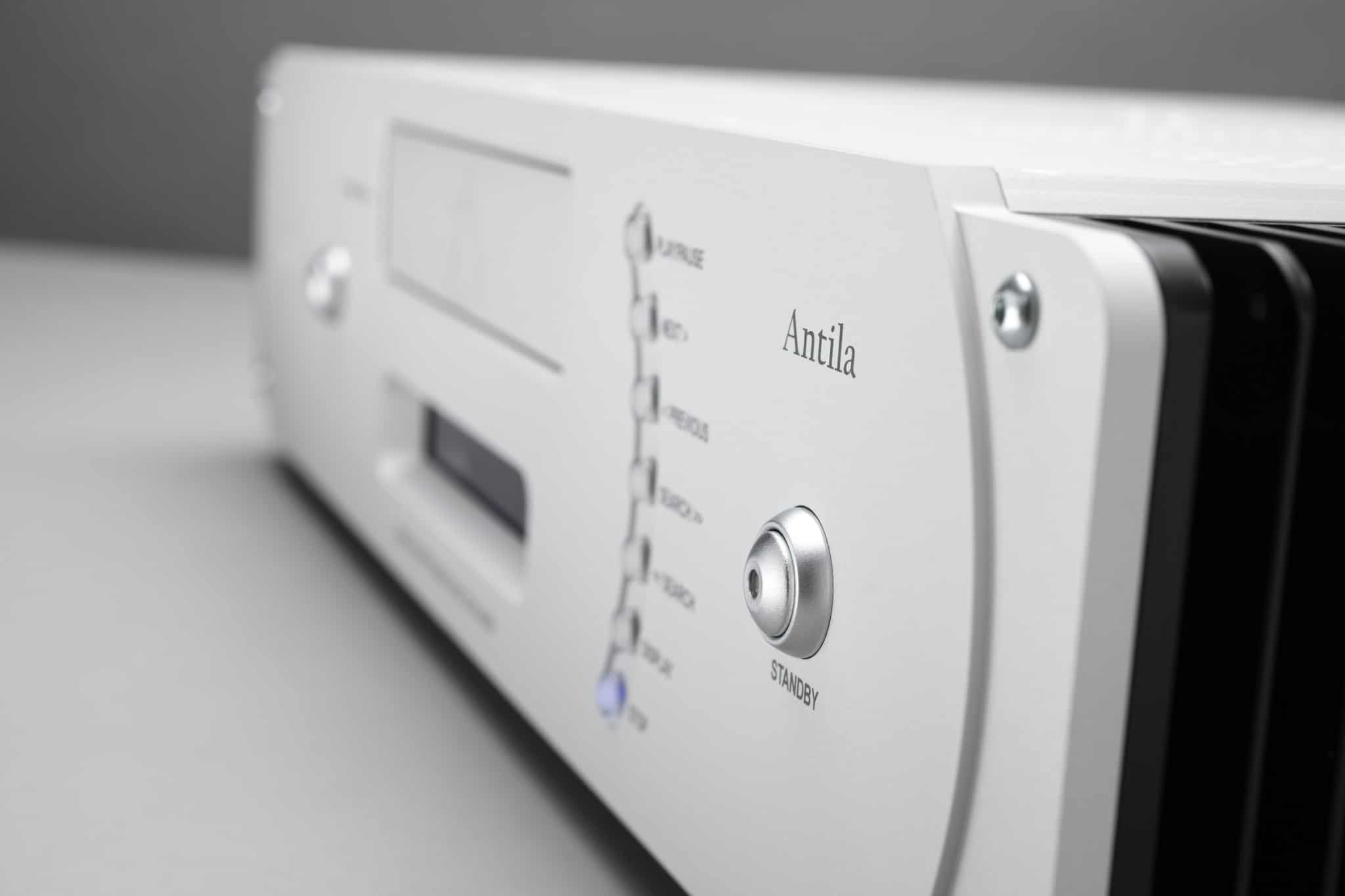
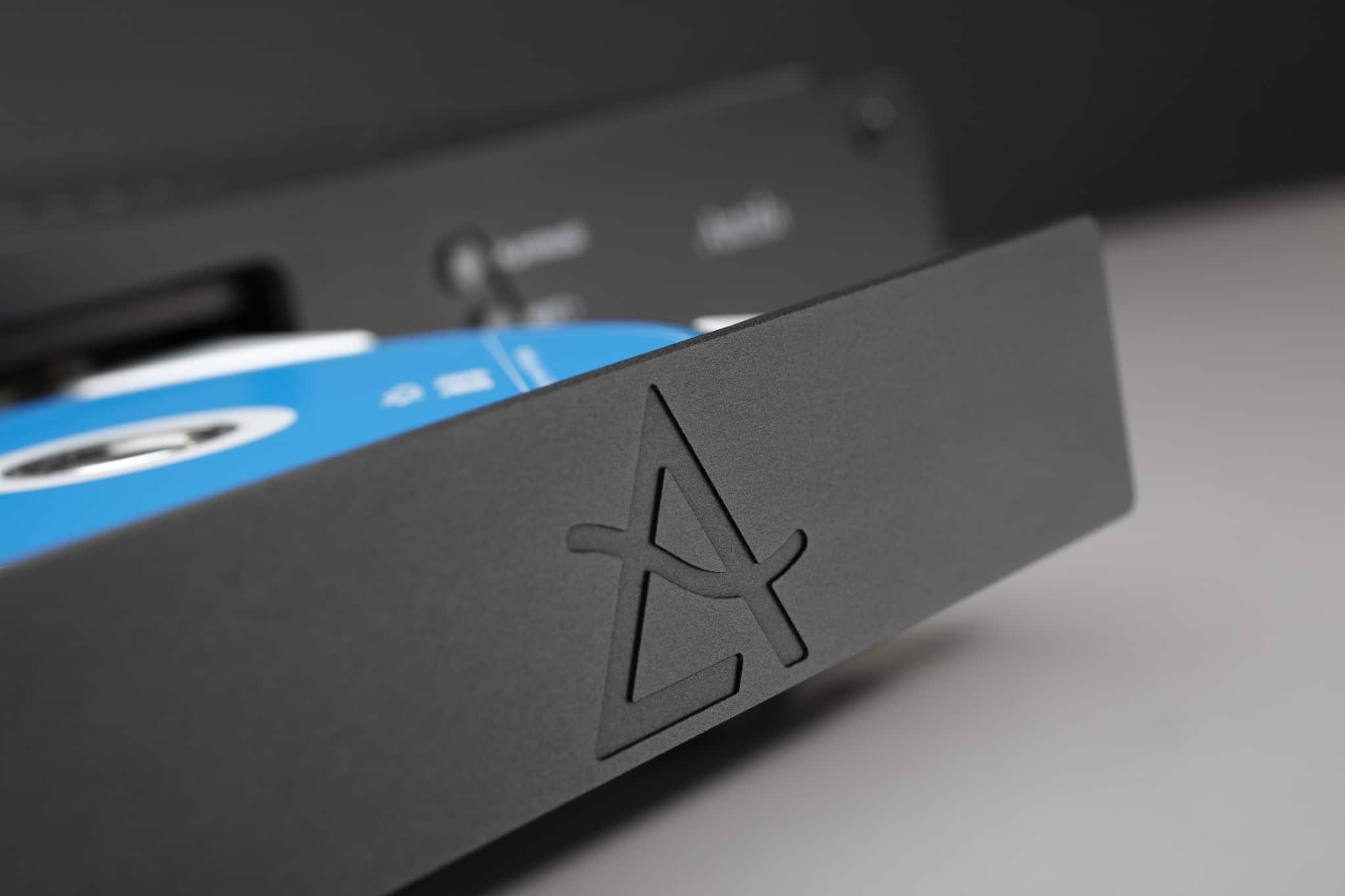
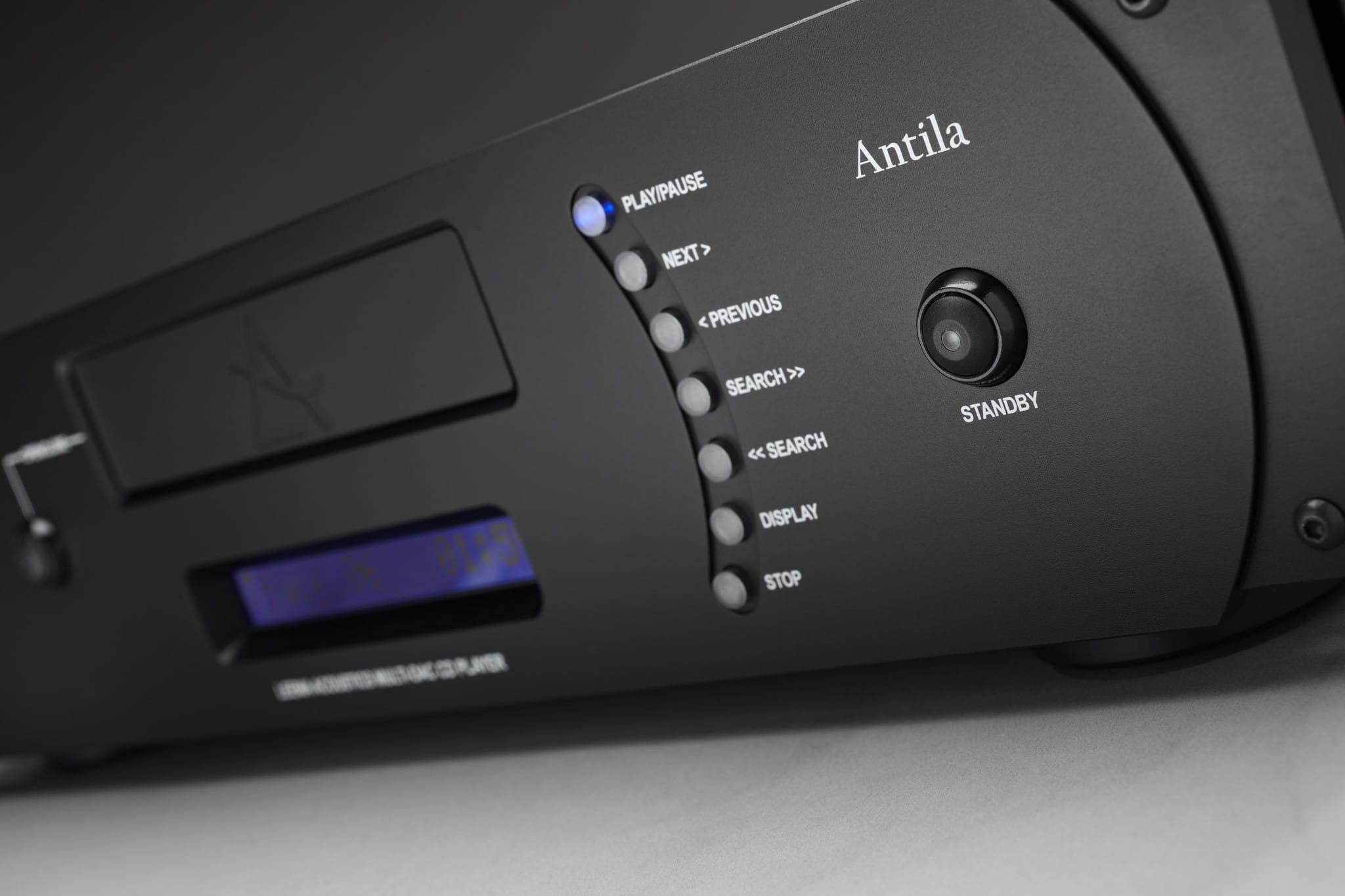
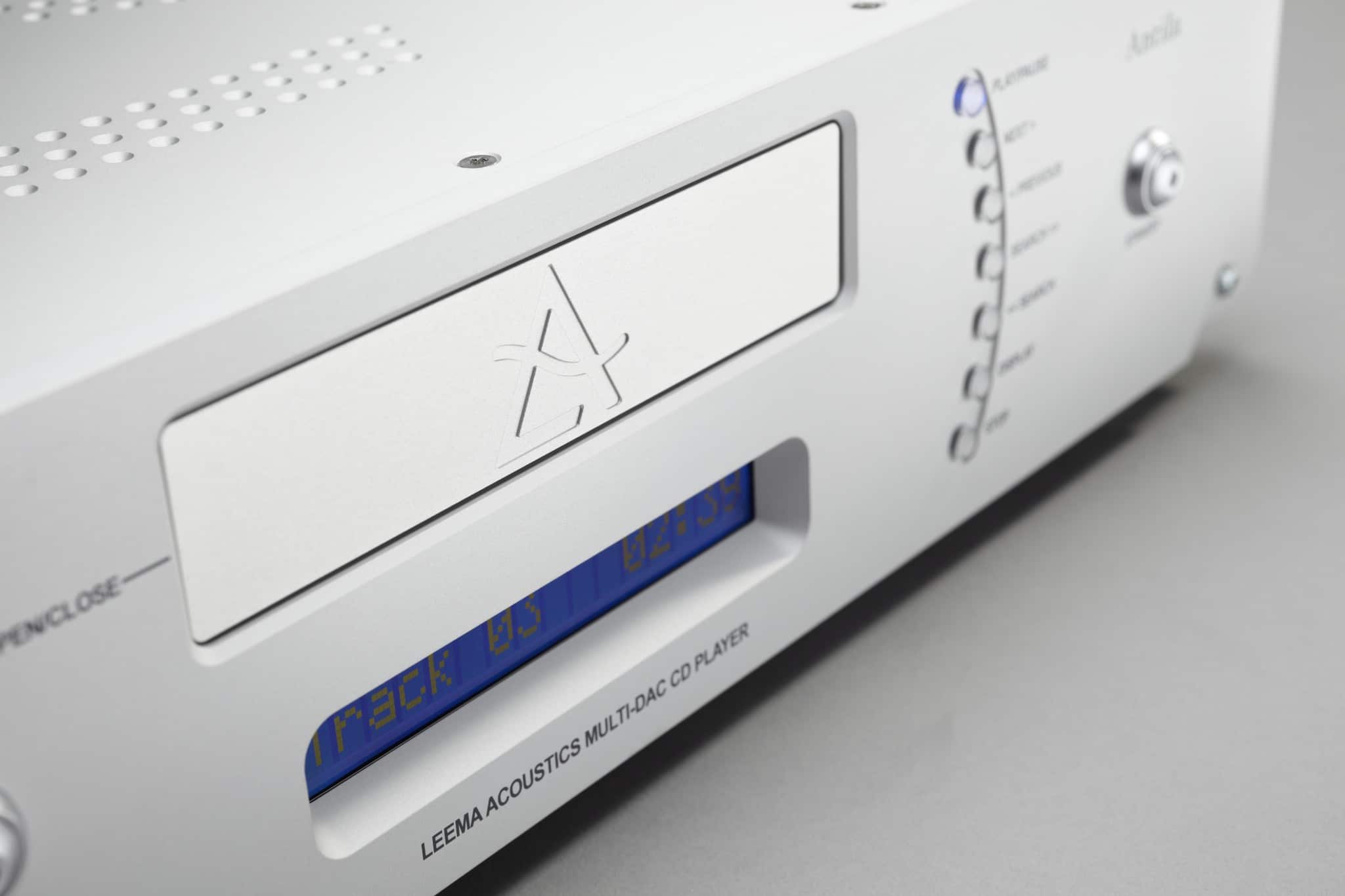
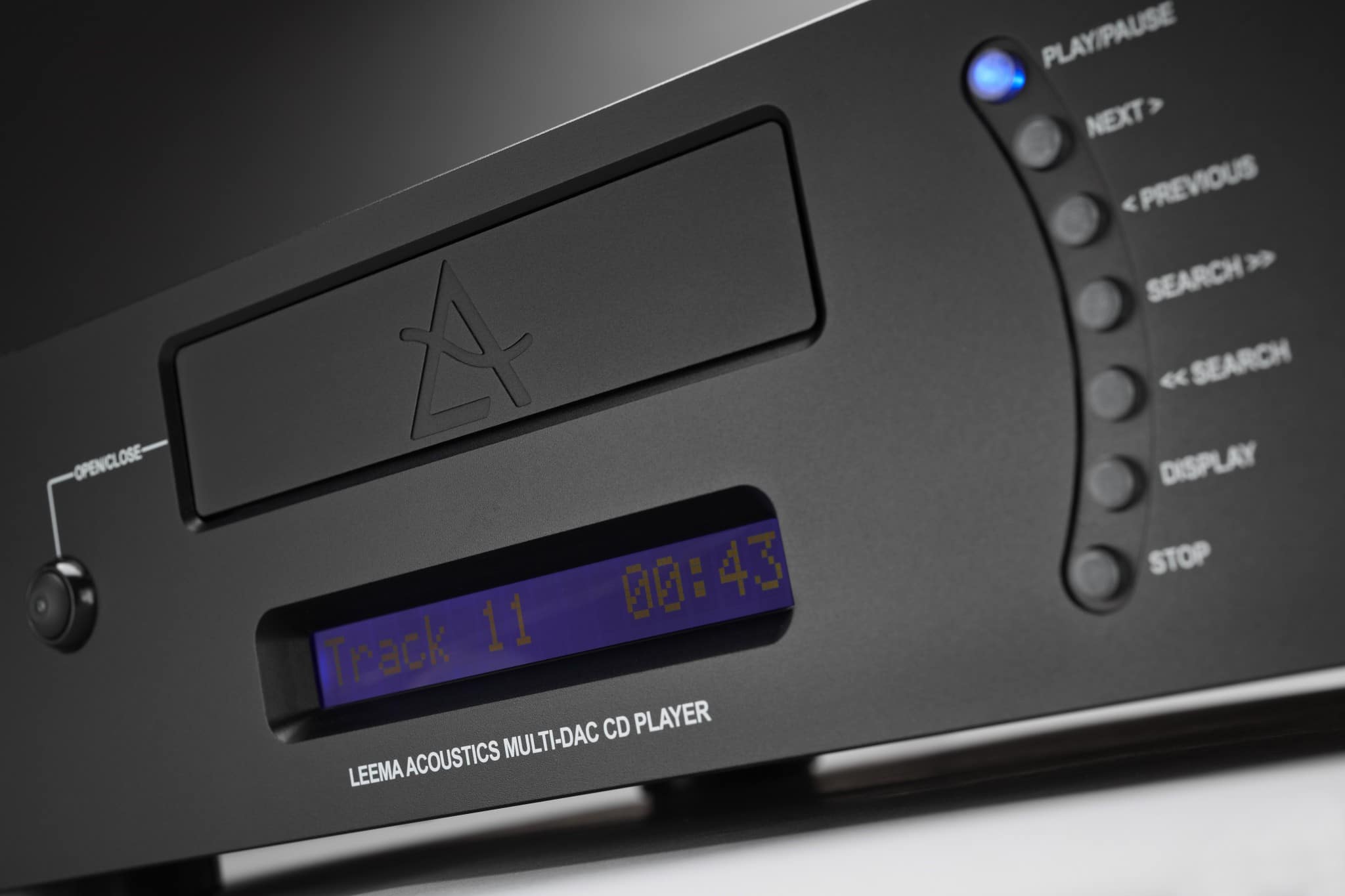
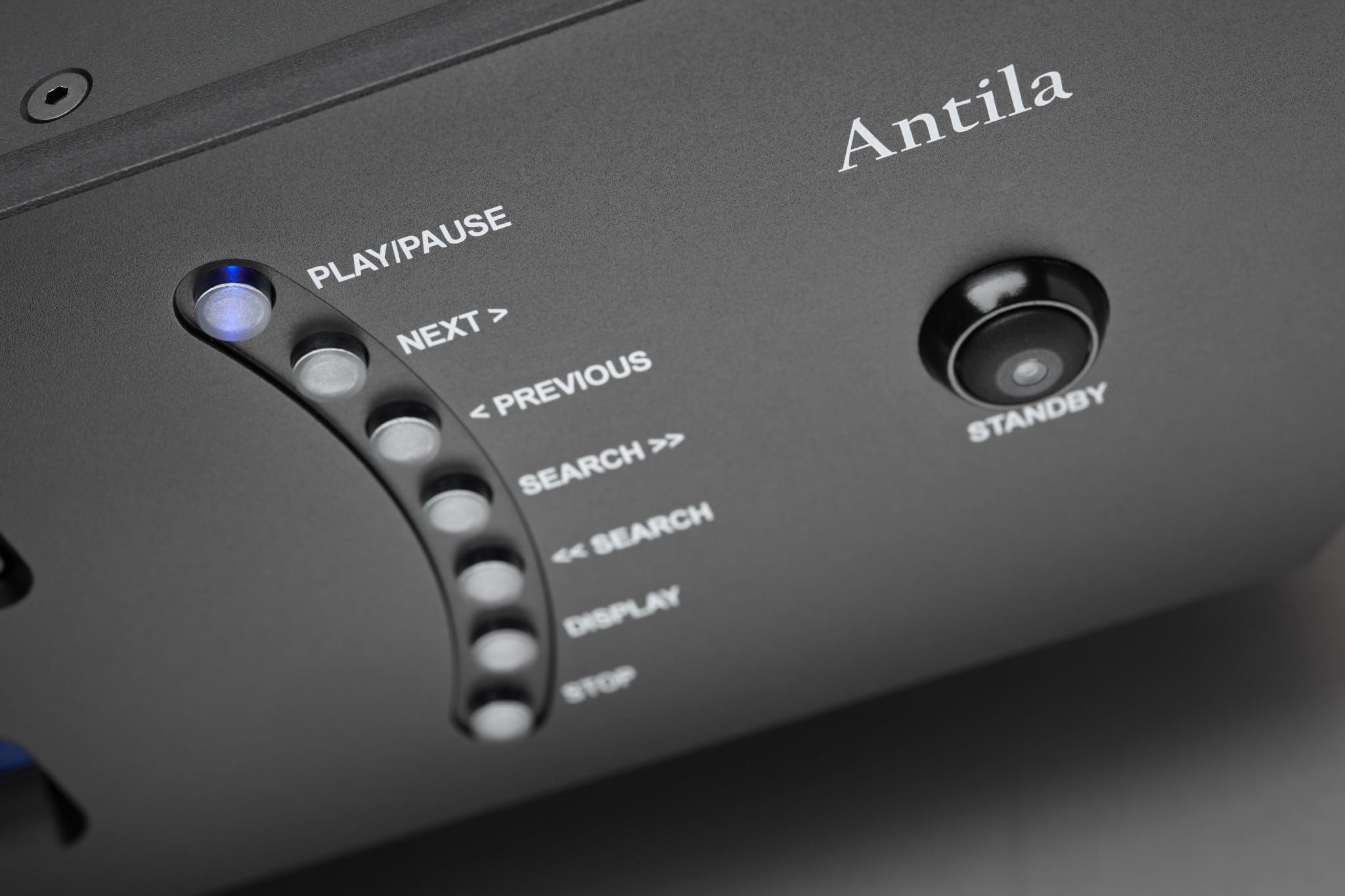
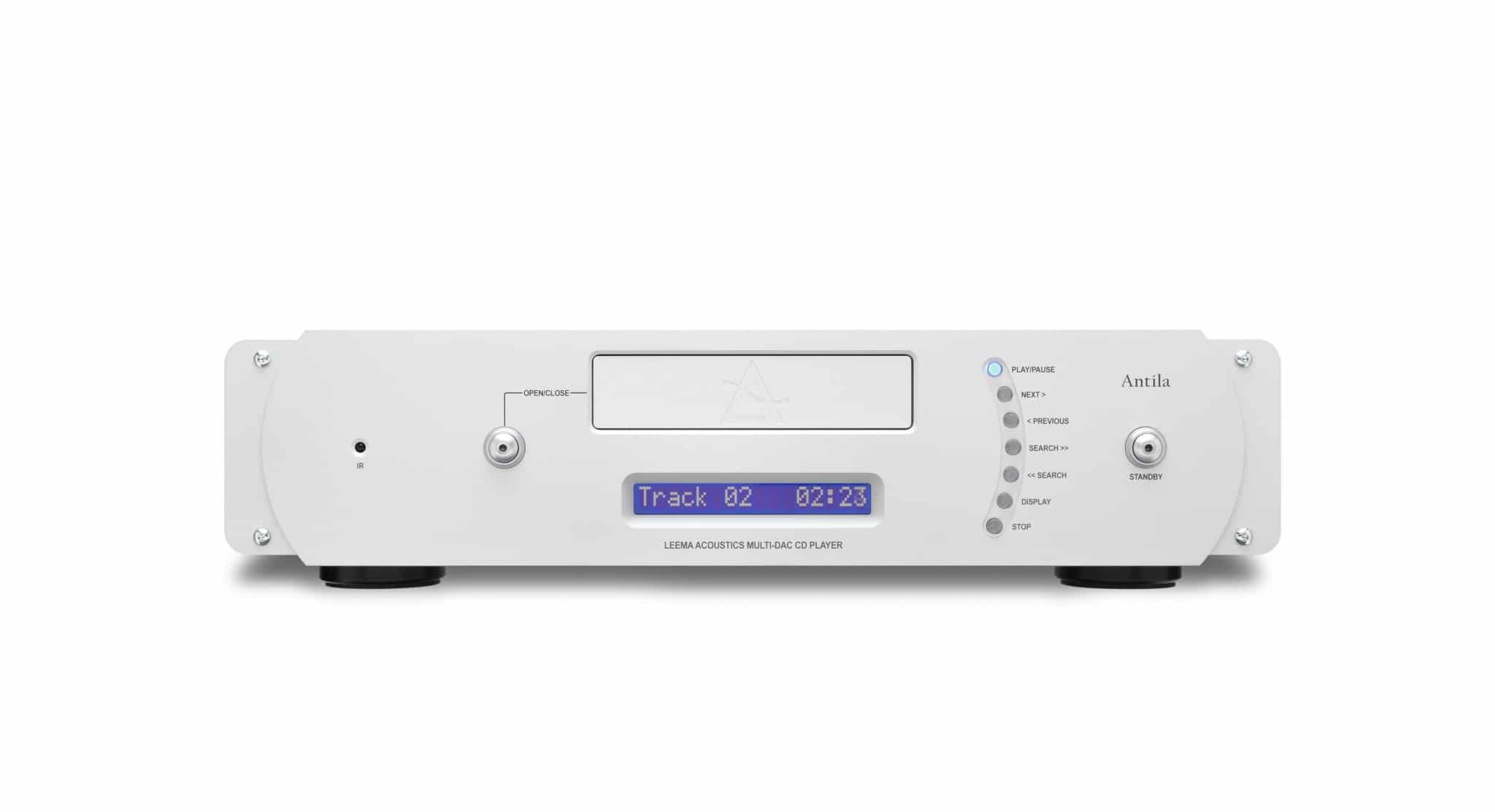

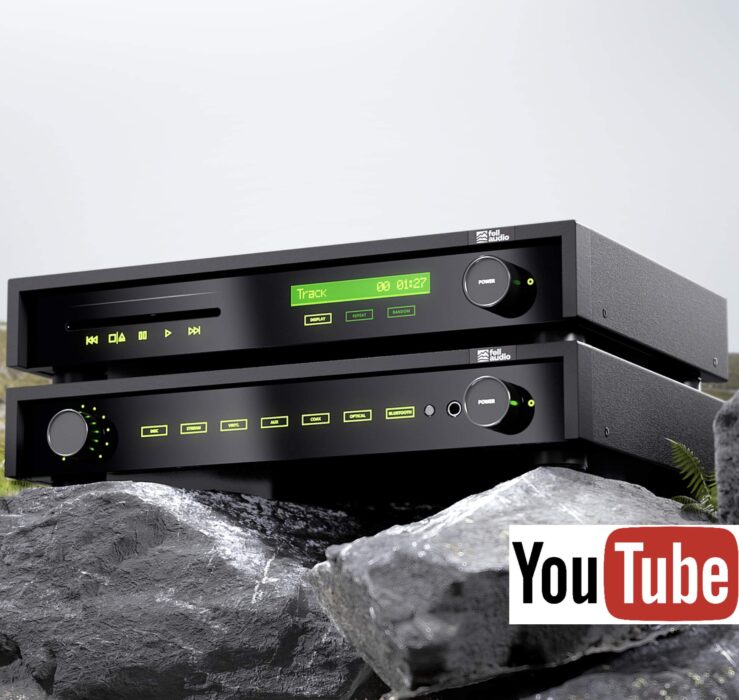

Hello Paul,
How would you compare the antilla to the elements cd player? I personally favour a more ‘analogue’ cd player. Don’t think the antilla is for me.
They’re different in many ways – price being the main one and the budget applied to each’s build for another. If you want ‘analogue’-type sound then, yes, avoid the Antila.
Hi Paul, can you advise me please? I currently have a Roksan M2 cd/amp combo with Spendor A6r speakers. I’ve always read excellent reviews of Leema kit and have an opportunity to buy the Antila/Tucana pair. I’m very happy with my Roksans, but have the upgrade bug. Alternatively I’m also looking at the new Roksan Blak system. Any thoughts? Many thanks. Jack
My gut reaction would be for you to stick with Roksan and go of the Blak. You seem to like the Roksan tonal characteristics and I wonder if the Antila might be a bit too bass oriented for you in terms of the balance you expect.
I was using roksan m2 combo before I had bought Antila 2s Eco and then Tucana 2. You can’t even compare both systems. Leema is far superior for me. Better timming, control, naturalness with full bodied sound. I used leema with tannoy precision 6.4 in the past but for last year I have been using Pmc 26 and sound is amazing. Definitely this set up is worth audition. M2 is brilliant amplifier but lack in control and speed. I found it best in jazz and “lazy” music. For rock, metal etc… is miles behind Leema.
Sorry for the delay in replying – just returned from holiday: thanks for your considered thoughts, Hubert. Appreciate it.
Hi Paul. Is the big difference between ANTILA and marantz sa11s3??
Hi Martin – I have to admit that I have not performed an in-depth review on the Marantz but colleagues tell me that the Marantz may be more tonally balanced while the Leema is a bass monster 🙂